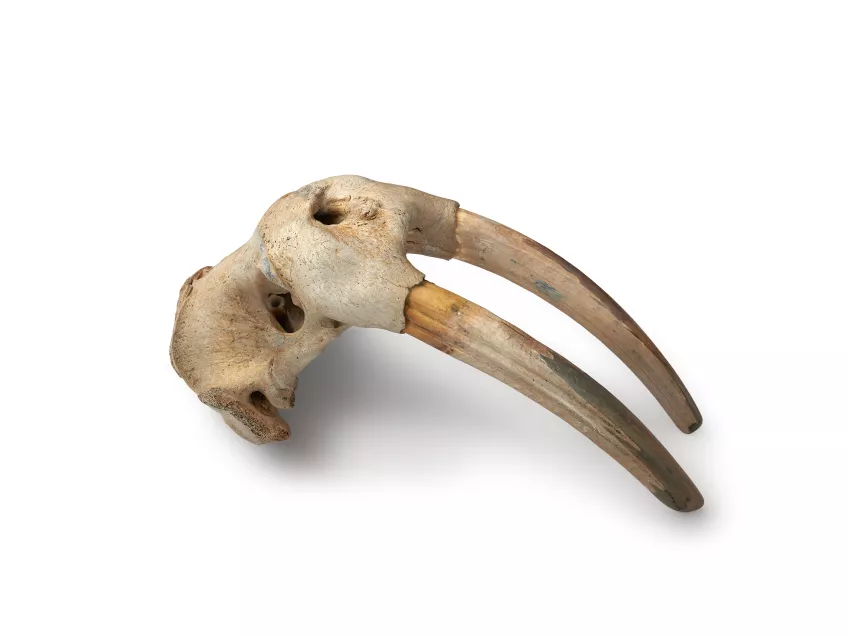- Get link
- X
- Other Apps
- Get link
- X
- Other Apps

A groundbreaking study led by Peter Jordan and Greer Jarrett from Lund University, along with Morten Tange Olsen from the Globe Institute in Copenhagen, has uncovered surprising findings about Viking trade in walrus ivory. The team analyzed walrus DNA collected from samples across the North Atlantic Arctic, revealing that much of the ivory exported to Europe actually came from very remote hunting grounds deep in the High Arctic.
Peter Jordan commented that this discovery challenges the long-held assumption that Norse hunters only hunted walrus near their primary settlements in southwest Greenland. The team also explored potential seasonal sailing routes used by Vikings to reach these distant hunting areas, possibly in traditional clinker-built boats.
Interestingly, these traveling Viking walrus hunters may have encountered Thule Inuit and other Arctic peoples who were also hunting walrus and other sea mammals in the same region. Jordan emphasized the importance of further research to understand the full scope of these interactions from both Indigenous and Norse perspectives.
To learn more about this fascinating research, check out the full article in Science Advances.
- Get link
- X
- Other Apps